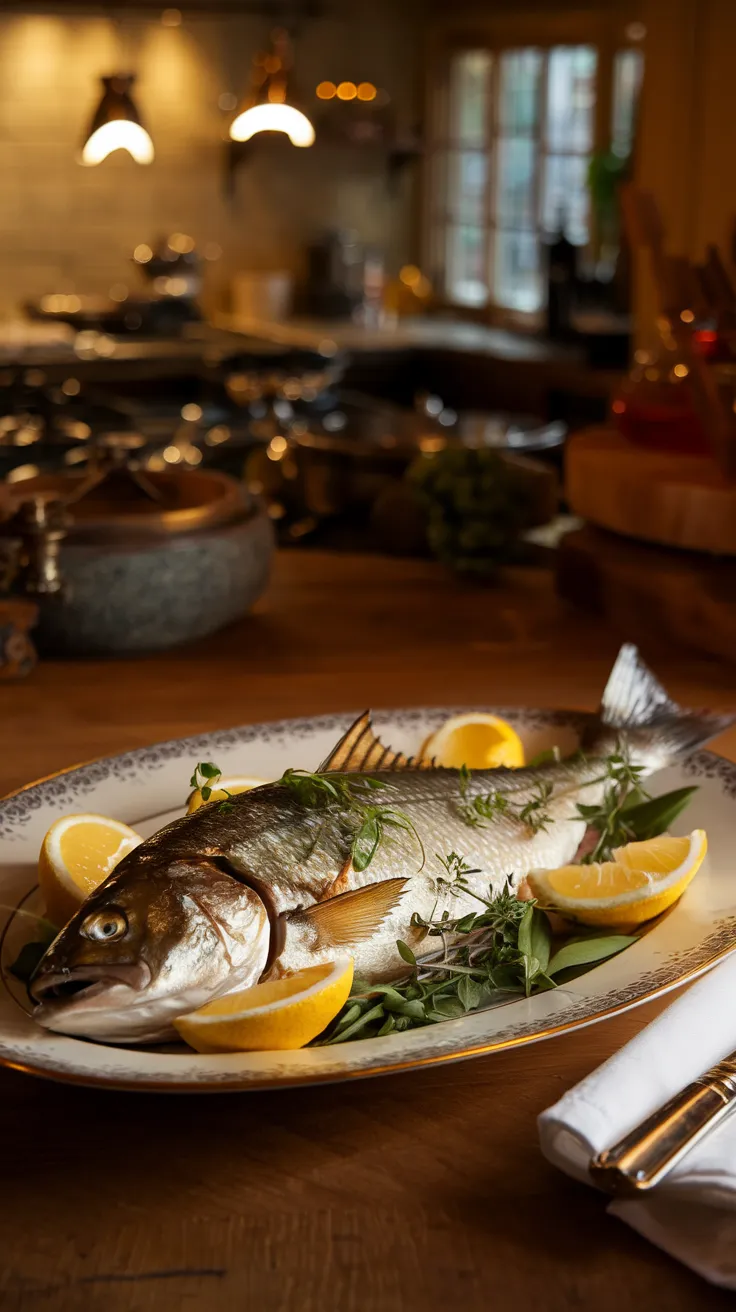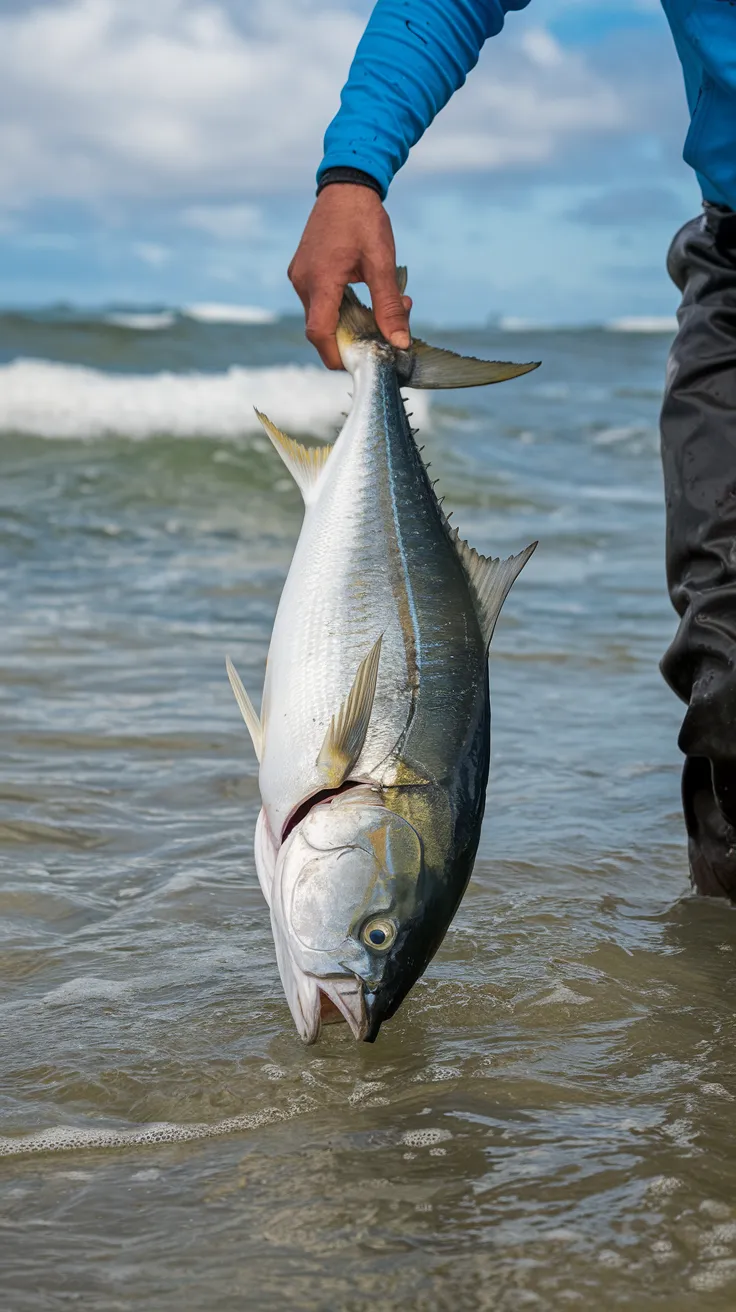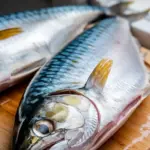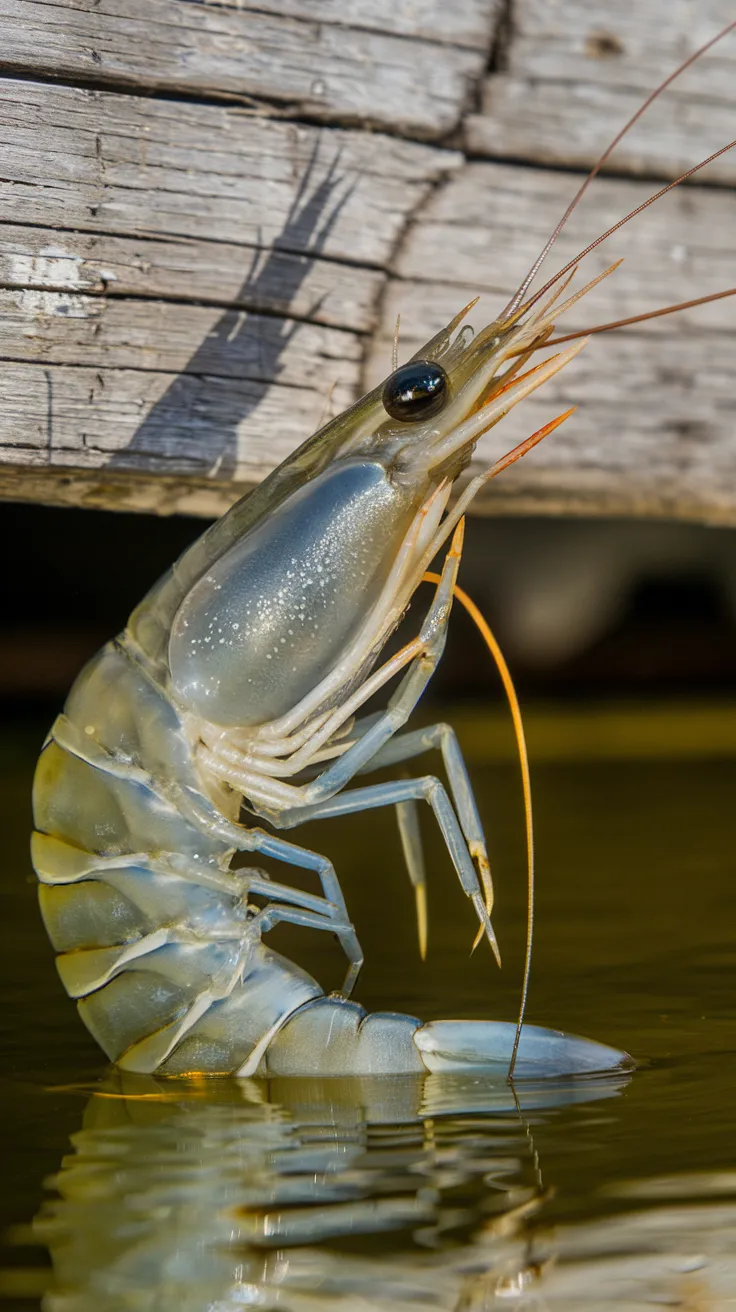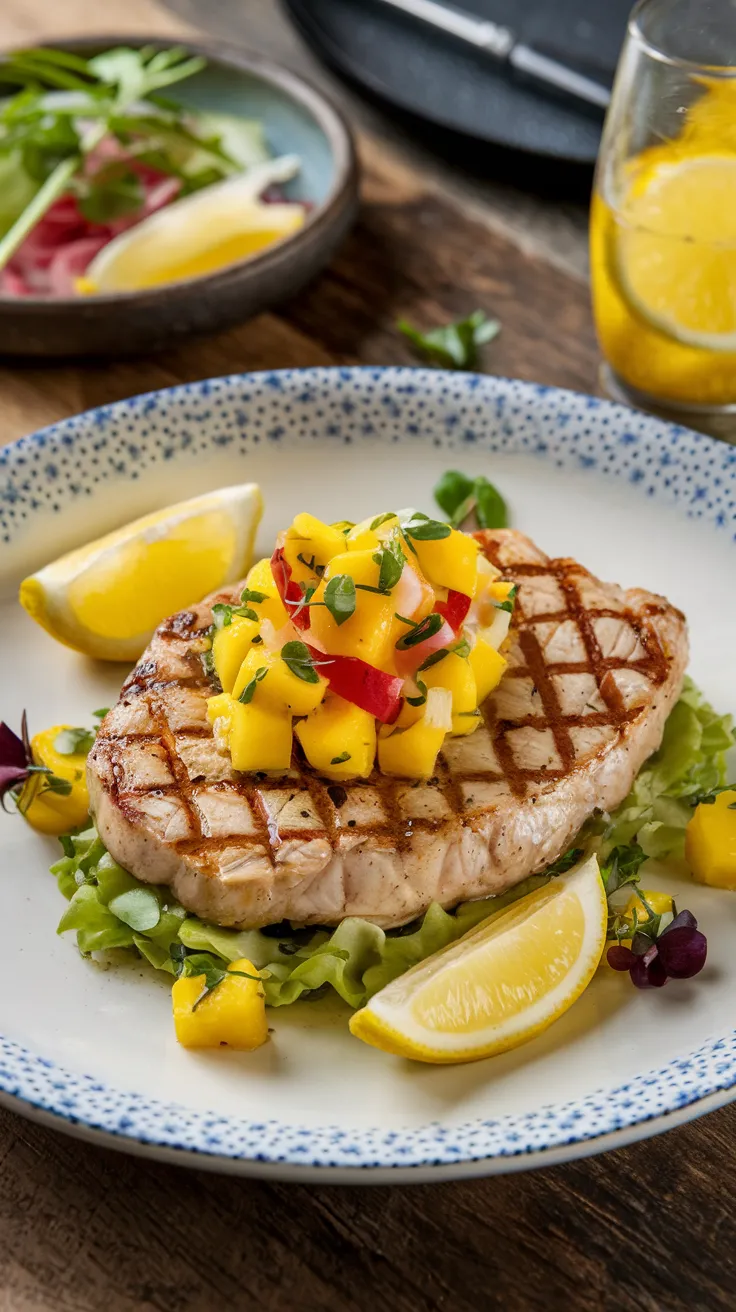Bamboo Lobster
The Bamboo Lobster, also known as the Painted Spiny Lobster or by its scientific name Panulirus versicolor, is a unique crustacean species found in tropical waters. This lobster stands out with its colorful appearance and distinctive features. It often resides in coral reefs and rocky environments, making it an integral part of marine ecosystems. Its diet mainly consists of marine plants and small marine creatures, showcasing its adaptability.
Furthermore, the Bamboo Lobster plays a vital role in the local economy. Many fishermen target this species due to its high market value and consumer demand. Thus, sustainable fishing practices are essential to ensure the population remains abundant. Preservation efforts are ongoing to protect its natural habitat, which is crucial for maintaining biodiversity in coral reef areas.

Nutritional Value and Health Benefits
Bamboo Lobster, known scientifically as Panulirus versicolor, offers significant nutritional value. Rich in protein, it supports muscle development and overall health. In addition, this seafood is low in fat, making it a heart-healthy choice for many diets. Moreover, it contains essential vitamins and minerals, such as B vitamins, phosphorus, and zinc, which are crucial for various bodily functions.
One of the key health benefits of Bamboo Lobster is its high omega-3 fatty acid content. These fatty acids aid in reducing inflammation and promoting heart health. Additionally, consuming seafood like Bamboo Lobster can enhance cognitive function, thanks to its nutrients.
To summarize, here is a quick overview of the nutritional profile of Bamboo Lobster:
| Nutrient | Amount per 100g |
|---|---|
| Calories | 90 kcal |
| Protein | 20 g |
| Fat | 1.5 g |
| Omega-3 Fatty Acids | 0.2 g |
| Vitamin B12 | 2.5 μg |
| Zinc | 2.0 mg |
In conclusion, including Bamboo Lobster or its counterpart, Painted Spiny Lobster, in your diet can bolster your health and provide essential nutrients.
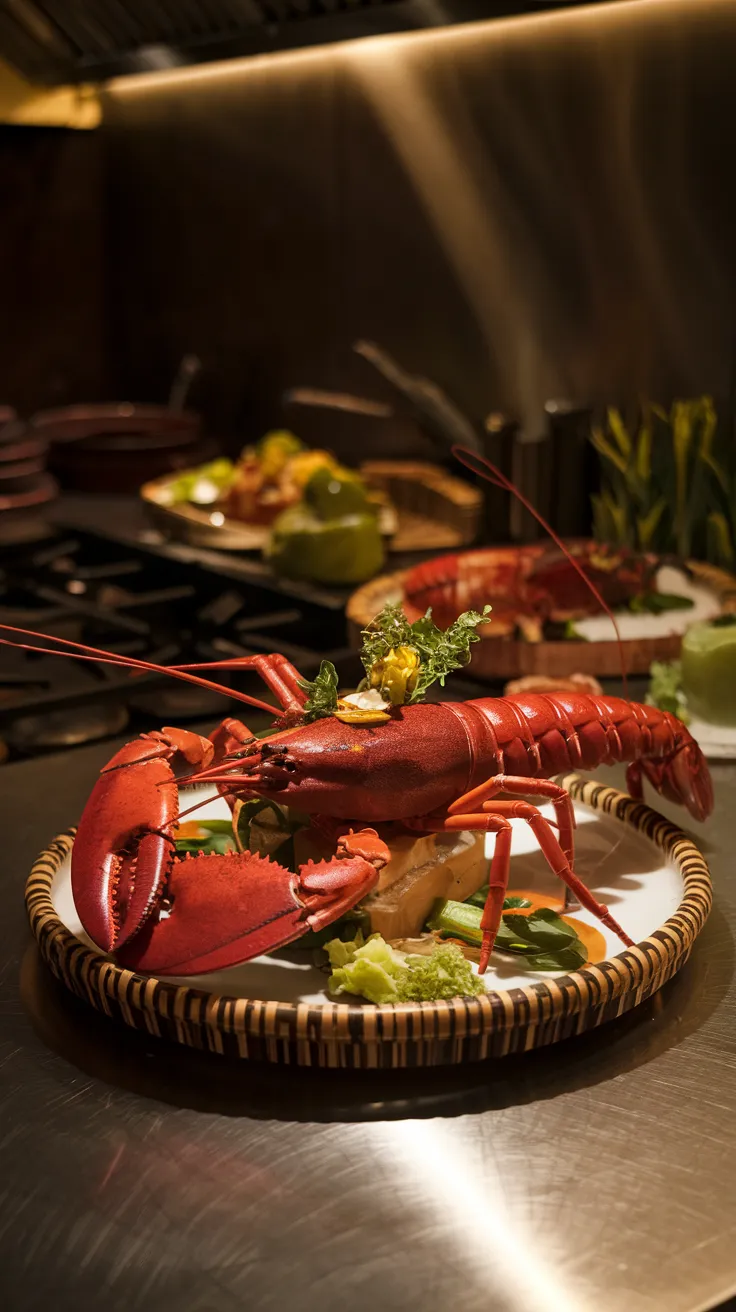
Bamboo Lobster Taste Profile and Texture
The Bamboo Lobster offers a unique taste profile. Its flavor is distinctively sweet with a hint of nuttiness. Many enthusiasts describe it as richer compared to the Painted Spiny Lobster. Often, the taste elevates when cooked with simple seasonings, which allow its natural sweetness to shine. The meat is firm yet tender, providing a satisfying bite.
This crustacean, also known scientifically as Panulirus versicolor, has a texture that is both delicate and robust. When prepared correctly, it showcases an appealing, succulent feel. The meat holds its shape well, making it suitable for various cooking methods.
Cooking Techniques
Different cooking techniques can enhance the Bamboo Lobster experience. Here are some popular methods:
- Grilling: Imparts a smoky flavor.
- Steaming: Preserves moisture and tenderness.
- Sautéing: Quickly cooks while retaining flavor.
- Boiling: Simple yet effective for pure flavors.
Combining these techniques with the natural flavor of the Lobster creates dishes that are both delightful and memorable. Ultimately, the perfect preparation allows the unique characteristics to stand out.

Culinary Uses and Popular Dishes: Bamboo Lobster
This lobster, known scientifically as Panulirus versicolor, is a delicacy in various cuisines. This crustacean brings a unique flavor profile that enhances numerous dishes. Many chefs favor it due to its tender meat and subtle sweetness.
Common Dishes Featuring Bamboo Lobster
- Grilled Bamboo Lobster: Marinated with spices and grilled, it offers a smoky flavor.
- Bamboo Lobster Curry: Cooked in rich coconut milk and spices, adding warmth and depth.
- Stuffed Bamboo Lobster: Filled with breadcrumbs and herbs, baked to perfection.
- Seared Bamboo Lobster: Quick-seared for a crispy exterior while preserving the juices.
Moreover, the painted spiny lobster is often confused with bamboo lobster. Both are appreciated in culinary circles. They share similar textures and cooking methods, extending culinary creativity.
In summary, this lobster serves as an essential ingredient. Its versatility allows chefs to explore various culinary avenues. Enjoying bamboo lobster in these dishes can lead to a delightful gastronomic experience.
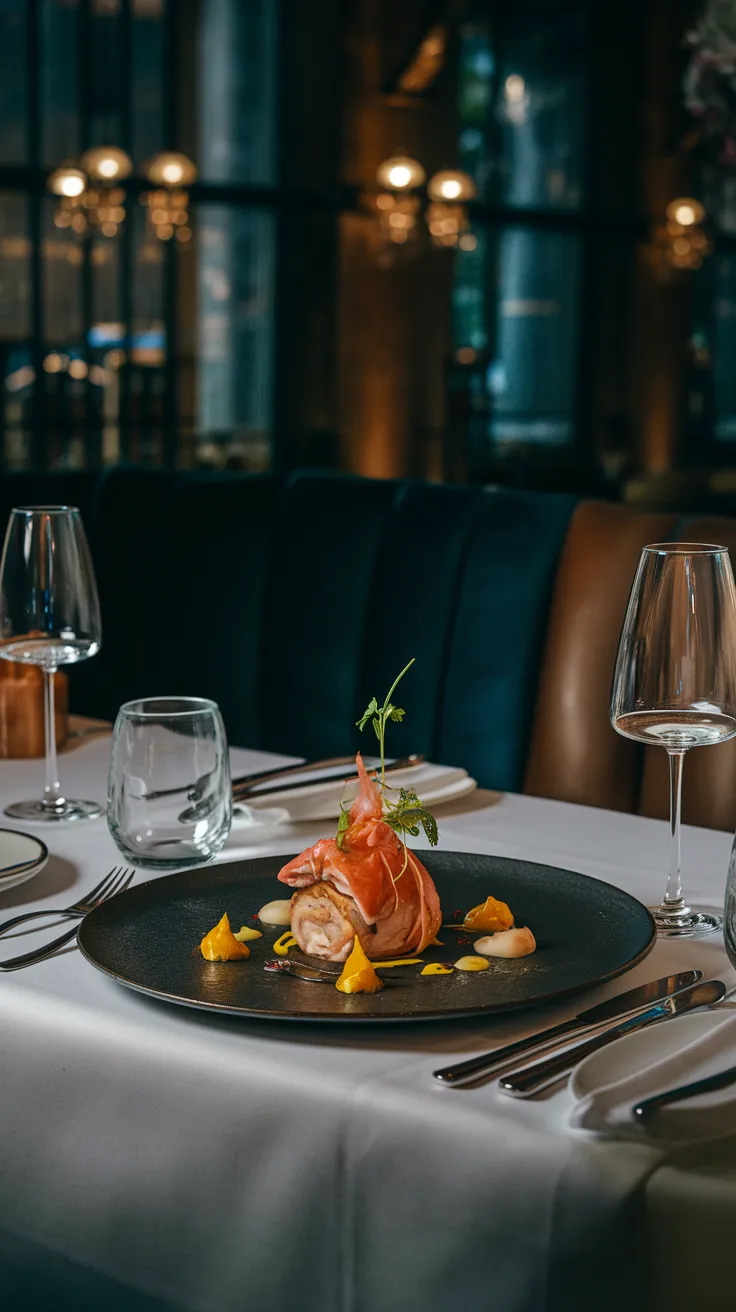
Sourcing and Sustainability
Sourcing this lobster sustainably is essential for maintaining healthy ecosystems. This species, alongside the Painted Spiny Lobster, faces pressures due to overfishing. Implementing sustainable practices ensures that future generations can enjoy these resources. Educating fishermen and consumers about sustainable methods can significantly improve the industry.
Additionally, regulations play a crucial role in preserving lobster populations. For instance, enforcing size limits and seasonal closures reduces excessive harvesting. Collaborating with local communities enhances compliance with these regulations, leading to more successful practices. Ultimately, the focus on sustainable lobster sourcing positively impacts environmental and economic health.
How to Select and Store
Selecting and storing Bamboo Lobster requires attention to detail. Choose lobsters that are lively, with a firm shell. Their shells should appear clean and free of discoloration. Avoid any that show signs of damage or dullness. Remember, freshness is key for taste and quality.
After selection, proper storage is crucial. Keep them in a cool and damp environment. Ideally, use a seafood fridge or a cooler with ice packs. This will help maintain their freshness before cooking.
- Ensure lobsters are packed loosely to allow airflow.
- Do not store them in freshwater; it can kill them.
- Use a damp cloth to cover them lightly.
Consuming it soon after purchase maximizes flavor. However, if you need to hold them longer, check them frequently for health.
Preparation Tips and Techniques for Bamboo Lobster
Preparing this lobster requires careful handling. Start by selecting fresh lobsters. Freshness ensures great taste and texture. You can easily recognize them by their vibrant color and firm shells. After purchasing, keep them in a cooler temperature until ready to cook.
Next, you can clean the lobsters properly. Rinse them under cold running water to remove any sand or debris. For detailed preparation, consider the following tips:
- Use a sharp knife to cut the lobster’s shell. This method helps in removing the meat easily.
- For flavor, marinate the meat with lemon juice, garlic, and spices before cooking.
- Cook over medium heat to avoid drying out the meat. Grilling or steaming can enhance flavors.
In addition to Painted Spiny Lobster (Panulirus versicolor) can add diversity to your dishes. Enjoy experimenting with flavors and techniques that suit your taste!
Recipe Inspiration
When it comes to cooking Bamboo Lobster, creativity is key. This succulent seafood, also known as Painted Spiny Lobster or scientifically referred to as Panulirus versicolor, offers unique flavors that enhance any dish. Start by preparing simple recipes that highlight its sweet, delicate taste.
For a classic approach, try grilling the lobster. Marinate it briefly in olive oil, garlic, and herbs. This method results in a perfectly cooked dish that retains moisture and flavor.
Another option is to make a lobster pasta. Combine cooked noodles with sautéed garlic and broccoli. Toss in chunks of freshly cooked Bamboo Lobster for an elegant meal.
Lastly, consider incorporating it into a chowder. This not only provides warmth but also allows the sweet notes of the lobster to shine through. Each of these dishes provides an excellent way to showcase the Bamboo Lobster, making them perfect for any seafood lover’s menu.
Fun Facts and Trivia
Bamboo Lobster is fascinating due to its unique characteristics. Here are some fun facts:
- These lobsters are known for their striking colors, often showcasing vibrant hues.
- The scientific name for the Bamboo Lobster is Panulirus versicolor.
- Unlike other lobsters, they prefer shallow waters and coral reefs.
- Bamboo Lobsters are also called Painted Spiny Lobsters because of their striking patterns.
- They play a crucial role in the marine ecosystem, helping to maintain the coral reefs.
Interestingly, they are known to be less aggressive than other lobster species.
Bamboo Lobster and Dining Experience
Bamboo Lobster, also known as Painted Spiny Lobster, offers a unique taste that seafood lovers appreciate. This delicacy, classified as Panulirus versicolor, is often enjoyed in various culinary styles. When prepared properly, it yields a sweet and succulent flavor. Many restaurants incorporate it into gourmet dishes, enhancing the dining experience.
Pairing it with suitable wines or sauces elevates the meal. Diners often prefer fresh lobster for the best results. Additionally, enjoying this lobster in places known for seafood can enhance your overall experience.
Ultimately, the combination of flavor and dining atmosphere makes Bamboo Lobster a favorite choice. Indulging in this dish creates memorable moments for seafood enthusiasts.

